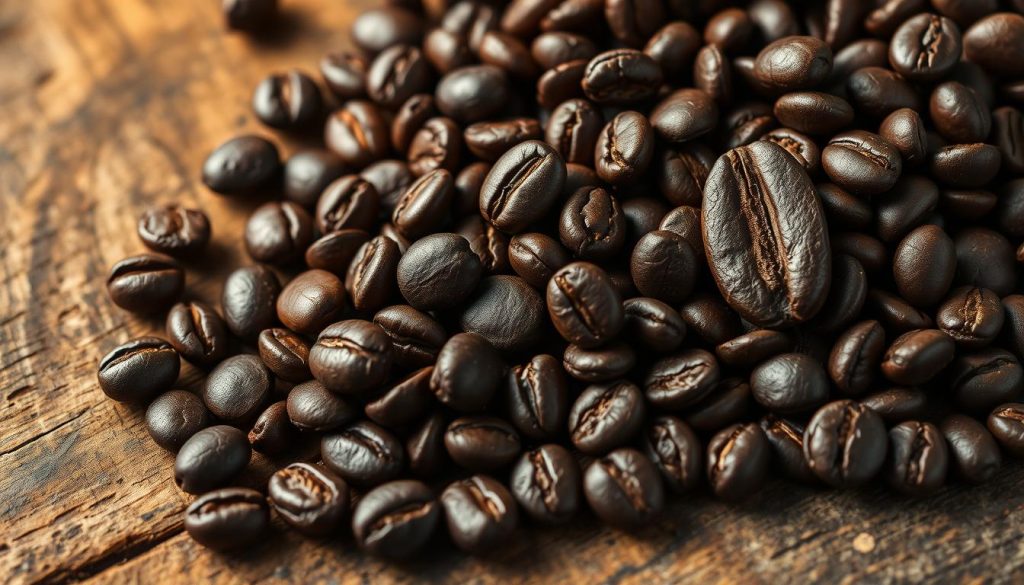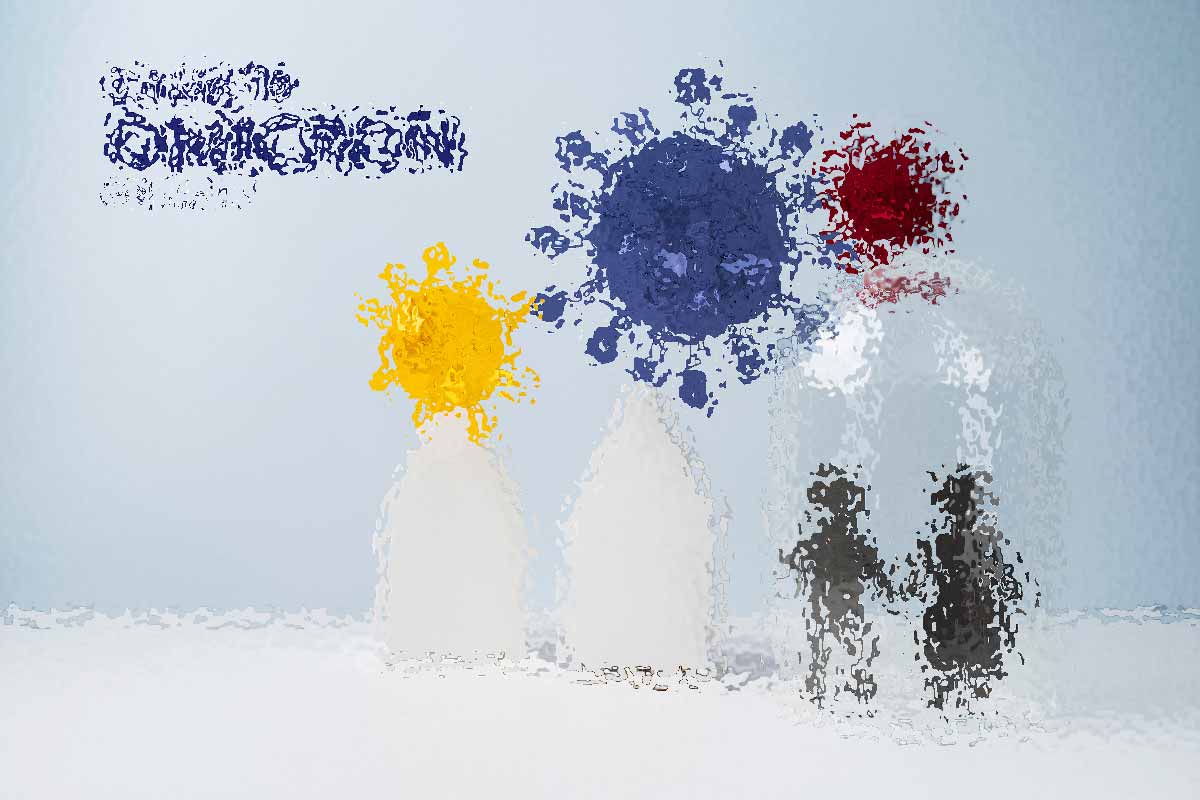Coffee is more than a morning drink—it’s a journey around the world. Each region brings its own taste to coffee. Whether you drink it casually or love it deeply, knowing about coffee beans can make your coffee better.
In this guide, we’ll explore the world of coffee beans. We’ll look at where they come from, their tastes, and how they’re made. This will help you find new and exciting coffee to try.
Did you know there’s more to coffee than what you’re used to? There’s a huge world of coffee beans out there. Let’s find out where they come from and how they taste. Join us on a journey to discover the secrets of coffee.
Key Takeaways
- Coffee beans come from various regions around the world, each with its own unique flavor profiles and characteristics.
- Understanding the origins and processing methods of coffee beans can help you discover new and exciting coffee experiences.
- Specialty coffee beans, such as single-origin varieties, offer a more authentic and nuanced coffee experience.
- Factors like climate, elevation, and soil composition all contribute to the unique flavors of coffee beans.
- Exploring the diverse world of coffee beans can broaden your appreciation for this beloved beverage.
Arabica Coffee Beans: The World’s Finest
In the coffee world, Arabica beans are the top choice. They come from Ethiopia’s highlands. Coffee lovers everywhere love them for their quality and unique tastes.
Origins and Flavor Profiles
Arabica beans are known for their complex taste. They mix sweetness, acidity, and chocolatey notes well. They grow best in high places with the right climate and soil.
The taste of Arabica beans changes based on where they grow and how they’re processed. Some taste floral and citrusy. Others are earthy and nutty. This variety lets coffee lovers try many different tastes.
Cultivation and Processing
Arabica beans are grown and processed with great care. Every step, from picking to roasting, is done to make the perfect coffee. This ensures a great cup every time.
Enjoying a Kenyan Arabica or a Colombian bean is special. The world of Arabica coffee shows the skill and art of growing coffee.
“The Arabica bean is the true jewel in the crown of the coffee world, offering a taste experience like no other.”
Robusta Coffee Beans: Bold and Versatile
Robusta coffee beans are a big deal in the coffee world. They come from the green forests of West and Central Africa. These beans are known for their strong taste and lots of caffeine. This makes them great for espresso and instant coffee.
Robusta beans are tough and can grow in many places. This makes them cheaper and easier to make in big amounts. Even though they’re not as complex as Arabica, they offer a bold taste that’s fun to try.
| Characteristic | Robusta Coffee Beans | Arabica Coffee Beans |
|---|---|---|
| Flavor Profile | Bold, intense, and earthy | Refined, complex, and nuanced |
| Caffeine Content | Higher | Lower |
| Climate Adaptability | Resilient, able to grow in a wider range of climates | Delicate, requiring specific growing conditions |
| Processing Methods | Generally less delicate, allowing for efficient and consistent production | More delicate, requiring careful handling to preserve the beans’ inherent qualities |
Looking for a strong espresso or a good base for instant coffee? Robusta beans are your go-to. They add a unique twist to the world of coffee. Let’s celebrate the variety of flavors and ways to make coffee.

Exploring the Different Types of Coffee Beans from Around the World
The world of coffee beans is full of variety. Each type has its own taste and place of origin. Single-origin coffees let us taste the special qualities of different places.
Single-Origin Coffee: A Taste of Terroir
Kenyan beans are bright and fruity. Colombian coffee is smooth and caramel-like. These single-origin coffee beans show off their coffee growing regions. They let us taste the terroir that makes them special.
Exploring single-origin beans is exciting for coffee lovers. It helps us understand the art of making coffee. Knowing about coffee roasting techniques and where coffee grows deepens our love for coffee.

“Single-origin coffees allow us to appreciate the nuances and complexities that different growing regions can bring to the cup.”
Coffee Growing Regions: A Global Tour
Coffee is grown all over the world. Each place has its own special culture and history. By exploring these areas, we learn about the unique flavors in our coffee.
Africa’s Rich Coffee Heritage
Africa is where coffee started. Ethiopian and Kenyan beans are famous for their bold tastes. They have bright acidity, complex fruit, and earthy notes.
Latin America’s Coffee Traditions
In Latin America, countries like Brazil, Colombia, and Guatemala have their own coffee styles. They make specialty coffee beans known for their smooth taste. Brazilian coffee tastes like chocolate, while Guatemalan coffee is floral.
“The true connoisseur of coffee can discern the unique terroir and processing methods that shape the flavors of beans from different regions around the world.”
Coffee Processing Methods: Unlocking Flavor
The way coffee beans are processed is key to unlocking their flavor. Two main methods, wet and dry processing, greatly affect the coffee’s taste.
Wet Processing: Highlighting Acidity
Wet processing, or the “washed” method, makes specialty coffee beans taste bright and acidic. It removes the fruit from the coffee cherry, ferments, and washes thoroughly. This brings out the beans’ natural acidity.
Dry Processing: Enhancing Body and Sweetness
Dry processing, or “natural” processing, gives coffee beans a richer body and sweeter taste. The beans dry with the cherries still on, concentrating sugars and flavors.
Knowing about these coffee processing methods lets us enjoy the unique flavors of single-origin coffee. It opens up a world of different coffee flavor profiles.
“The way coffee beans are processed can have a profound impact on the final flavor of the cup.”
| Processing Method | Flavor Profile | Ideal for |
|---|---|---|
| Wet Processing | Bright acidity, clean flavor | Highlighting delicate, nuanced flavors |
| Dry Processing | Fuller body, increased sweetness | Enhancing bold, fruit-forward notes |
Conclusion
We’ve looked into the world of coffee beans and found a wide range of flavors and origins. There’s everything from the delicate Arabica to the strong Robusta. Each type offers a unique taste experience.
Learning about the different coffee beans and their flavor profiles can make our coffee better. It’s fun for anyone, whether you drink coffee a lot or just a little. Exploring coffee from around the world is exciting and inspiring.
Let’s keep exploring the world of coffee. It’s full of different tastes and traditions. From old coffee-growing places to new ways of making coffee, it’s always interesting. Coffee is a journey that excites our senses and makes us think.
FAQ
What are the main types of coffee beans?
Coffee beans come in two main types: Arabica and Robusta. Arabica beans are of higher quality. They have complex, nuanced flavors. Robusta beans are bolder and have more caffeine.
What are the key differences between Arabica and Robusta coffee beans?
Arabica beans grow at high altitudes in tropical areas. They taste sweet, floral, and chocolatey. Robusta beans are more resilient and can grow in various climates. They offer a bold flavor.
What is single-origin coffee, and how does it differ from blended coffee?
Single-origin coffee comes from one place, showing off unique flavors. Blended coffee mixes beans from different places. It has a balanced taste.
How do coffee processing methods affect the final flavor?
Coffee processing methods greatly impact taste. Wet processing makes coffees bright and acidic. Dry processing makes them sweeter and fruitier.
What are some of the major coffee-growing regions around the world?
Major coffee-growing areas include Africa, Latin America, and Southeast Asia. Places like Ethiopia, Kenya, Brazil, Colombia, and Indonesia are famous. Each area has its own taste and culture.













Leave a Reply